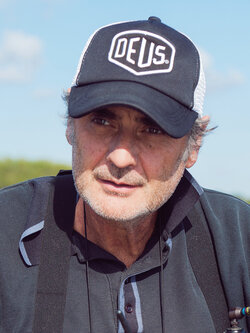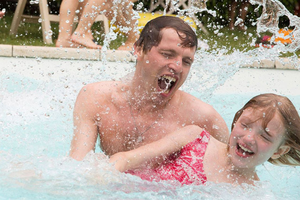Interview with cinematographer Pierre Aïm, AFC, about his work on Andrea Bescond and Eric Métayer’s film “Little Tickles”
Odette is eight years old. She enjoys dancing and drawing. What reason does she have to be wary of one of her parents’ friends who wants to play “little tickles” with her ? As an adult, Odette dances her anger, frees her voice, and embraces life…
Starring Andréa Bescond, Karine Viard, Clovis Cornillac, Pierre Deladonchamps.
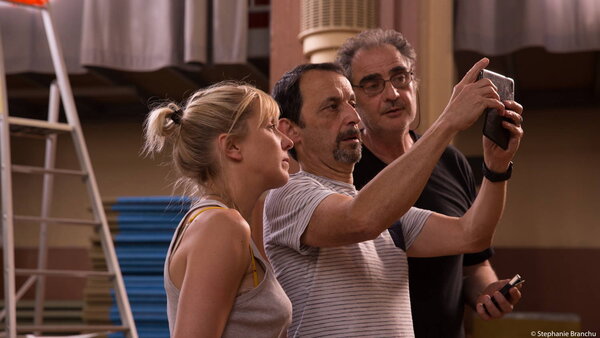
How did you orient your artistic choices for this film in particular, given its strong subject matter ?
Pierre Aïm : The directors wanted the style of the film to resemble that of Paul Greengrass’ film Bloody Sunday (2002). It was filmed like a reportage, as though the camera were penetrating into a family’s private life. We wanted the camera to be as close as possible to the actors and also as invisible as possible. Like the camera, the lighting is natural and even invisible. The subject is very strong, and I didn’t want to dramatize the image, but rather to make it full of light.
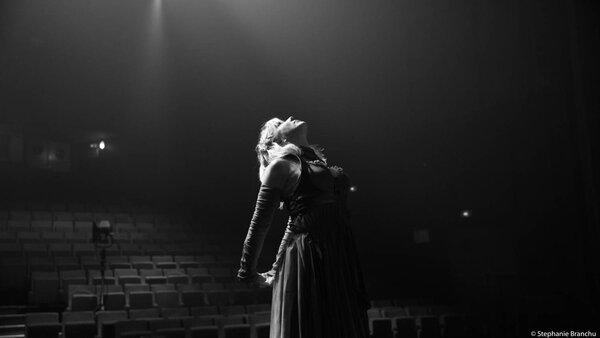
You chose an effective and amusing device for creating a relationship between young Odette and the adult played by Andréa Bescond. How did you create those links ?
PA : There were no special effects, everything is simple, and we created the transition between the two time periods using only an eyeline or a panoramic shot. We carefully prepared them beforehand and we chose sets specifically because they would allow them. These processes open up a magical, playful, and childlike perspective that allows us to cleverly mix real and fantasy.
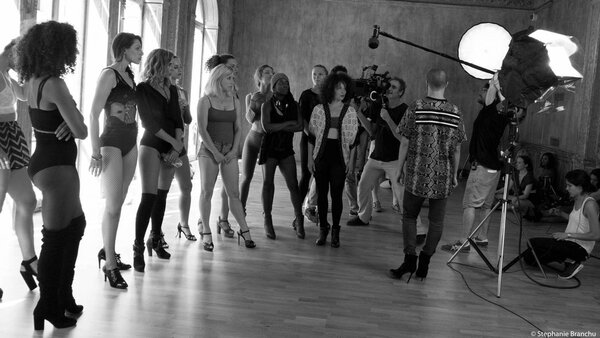
Give us your secret for the bridging shot between the little girl’s bedroom and the Opera Garnier !
PA : The transition happens when the poster of dancer Rudolf Noureev begins to move in Odette’s bedroom. We set up a flat of the same colour as the walls in Odette’s room on the stage of the Opera Garnier, and in a panoramic shot, you see the Opera and Andréa (Odette as an adult). It was a bit homespun, but it worked pretty well. It was a bit like a theatrical trick : you’ve got to think about how to do it, but once you get it, it’s simple to set up.
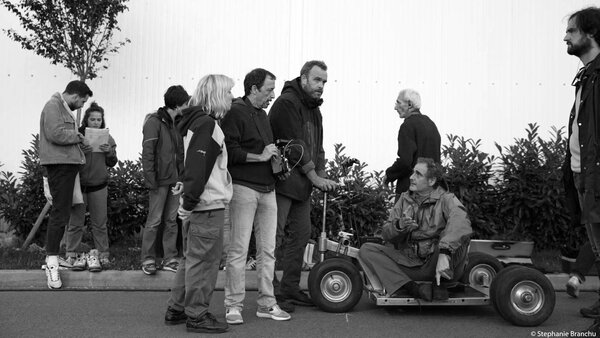
Did you participate in the artistic work of adapting the play for the screen ?
PA : The producers wanted to shoot a scene from the screenplay before making the movie. Andréa and Eric wanted to shoot it as a sequence shot. But in the end, it didn’t work out. They had a Depardon film in mind, probably because they had the theatrical production on mind and they didn’t want any cinematic artifice.
The idea of cutting up the scenes came after the negative response they got to the sequence shot. They understood that you’ve got to work with the gaze if you want to create emotion.
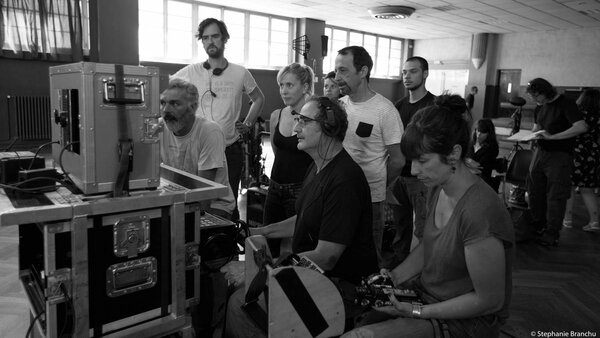
The scenes in the psychologist’s office are much soberer than the rest of the film…
PA : Yes, there, the shots are still while the rest of the film is done with a shoulder camera or travelling shots. We wanted those parentheses, which are like an introspection and project the viewer into the past, to be visually calm, because the rest of the story is extremely raw and violent !
In the night scene with the young dancers and rappers, the lighting is much more present and plays an active role in the scene…
PA : This is a scene that mixes reality and fantasy. The urban surroundings are very present and contribute a hostile note, but also provide a refuge where creativity and complicity can be expressed. I used neon lights in the field and relied on the pre-existing lit signs. 5kW Fresnels also helped to create the coloured backlights. I lit the façade of the Burger King to make it shine.
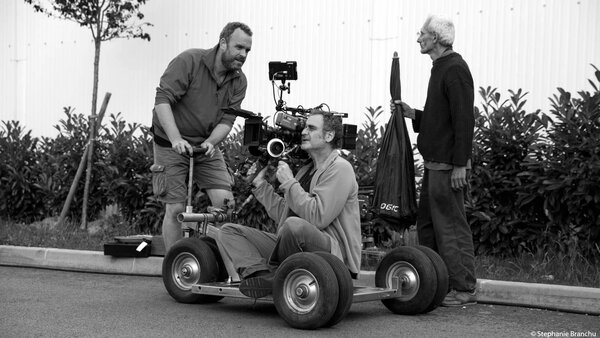
How was it to work with the two directors ?
PA : Eric was more involved in directing the actors because Andrea is very focused on the image. It wasn’t that compartmentalized, actually. I really worked with both of them for everything having to do with the image. They were truly on the same wavelength and shooting went really smoothly. The actors were excellent and involved and it was a pleasure filming them.
(Interview conducted by Brigitte Barbier on behalf of the AFC, and translated from French by Alexander Baron-Raiffe)
 En
En Fr
Fr
